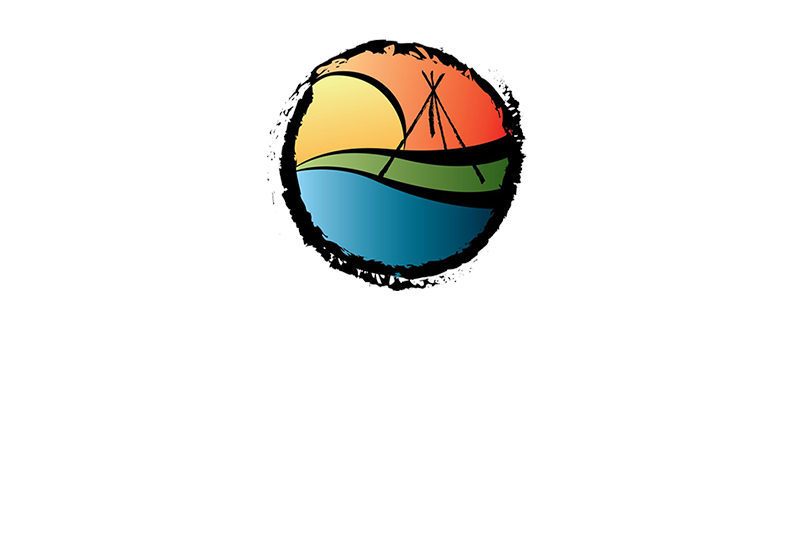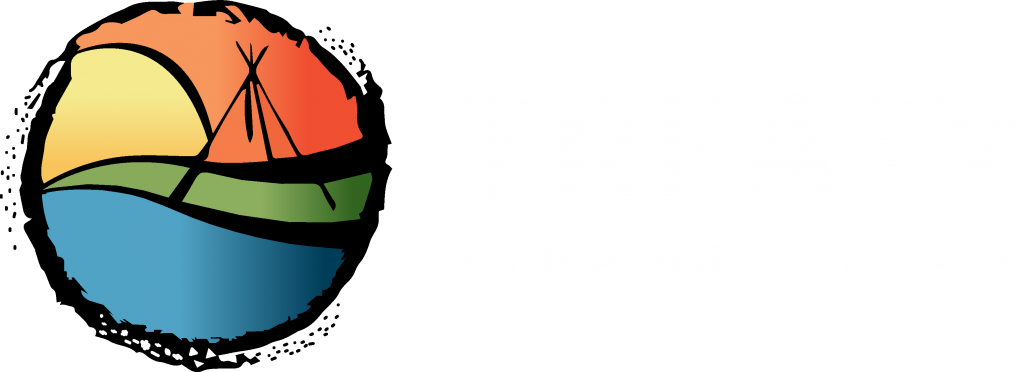“Walking to Know Our Mother”
Land Mapping & Outdoor Learning Area Inquiries
“Mother Earth”
How do you say Mother Earth in your language?
| Language | Pronunciation | Syllabics |
|---|---|---|
| nêhiyaw (plains cree) | māmawi-okāwīmāw | ᒫᒪᐃᐧ ᐅᑳᐄᐧᒫᐤ |
| Anishinaabe (Saulteaux) | Māmawi-Okīnān | ᒫᒪᐃᐧ ᐅᑮᓈᐣ |
| Nakota (Assiniboine) | Ina Makoce |
Key Concepts
- wahkotowin – Natural Law of Interconnectedness and interrelatedness uniting all of Creation – nêhiyaw (plains cree)
- Mamowi-Manachitiwin – Respect for all things – Anishinaabe (Saulteaux)
- Ugi-Daguchiabi – Our connectedness with everything – Nakota (Assiniboine)
- Connections – with the Earth, within ourselves, and with each other (Foundational mission of LTL)
4 Questions of Identity for Life:
- Who are we?
- Where do we come from?
- Where are we going?
- Why are we here?
“Education is the key to walking on this journey of reconciliation. Teachers in particular have a sacred responsibility to ensure that all their children, regardless of their heritage, are able to think about four key questions throughout their education: ‘Where do I come from?, ‘Where am I going?’, ‘Why am I here?’, and most importantly, ‘Who am I?’
– The Hon. Senator Murray Sinclair, Chair for the Truth and Reconciliation Commission
Driving Inquiry questions to build a project around:
- What do the key concepts above mean to you and how might you apply them to your own life?
- What stories, teachings, or seasonal, cultural activities are connected to key locations around your nation?
- How has the land around your nation changed over time and how might it continue to change into the future?
- What are our treaty and inherent rights and responsibilities to the land?
- What actions could you take, either individually and/or collectively, that could address or improve the health of the land in your nation?
- How can respect for Ina Mokoce / Mamawi Okinan / mamawi-okawimaw / Mother Earth be shown?
Essential Resources
- Who in your life can help you explore answers to the driving inquiry questions?
- What books or resources do you have access to that could help you explore the questions that interests you the most?
- How can local maps be utilized to learn navigation skills and explore answers to the driving questions above?
- What natural field guides do you have access to?
- Community Mapping Project Manual for Teachers
- Community Mapping Inquiry Workbook for Students
- Active Citizenship for Sustainable Communities Manual: A guide for teachers & students in planning active citizenship projects.
If interested in particpating in a project of your choice and/or participating in a podcast project in the spring of 2020 exploring these these themes, or want to tap any of support esources, please take the following survey and let us know your interest levels:
Resource Support Kits
Learning the Land kits were purchased for each our participating schools last year that included:
- 1:50,000 scale maps surrounding each nation
- A wide variety of Field & Nature Guides
- Mapping Our Land: A Guide to making maps of our own communities and traditional lands
- 4 iPads loaded with Seek by iNaturalist and Sibley Birds Apps
- 4 GPS devicesand Compasses
- A Wildlife Trail Camera
- Water and soil testing kits
- Drone bookings with TEA to capture overhead video of local landscapes that you may choose to visit
- Land-Based Education askiy kiskinwahamakosiwin – A Teacher Resource Guide
- Learning Indigenous Science From Place: Research study examining indigenous-based science perspectives in Saskatchewan.
- Wonders of Wildlife – A leader’s activity guide for teaching young conservationists: SK Wildlife Federation
- Special budget funding to invite local Elders and Knowledge Keepers to get involved in the process.



